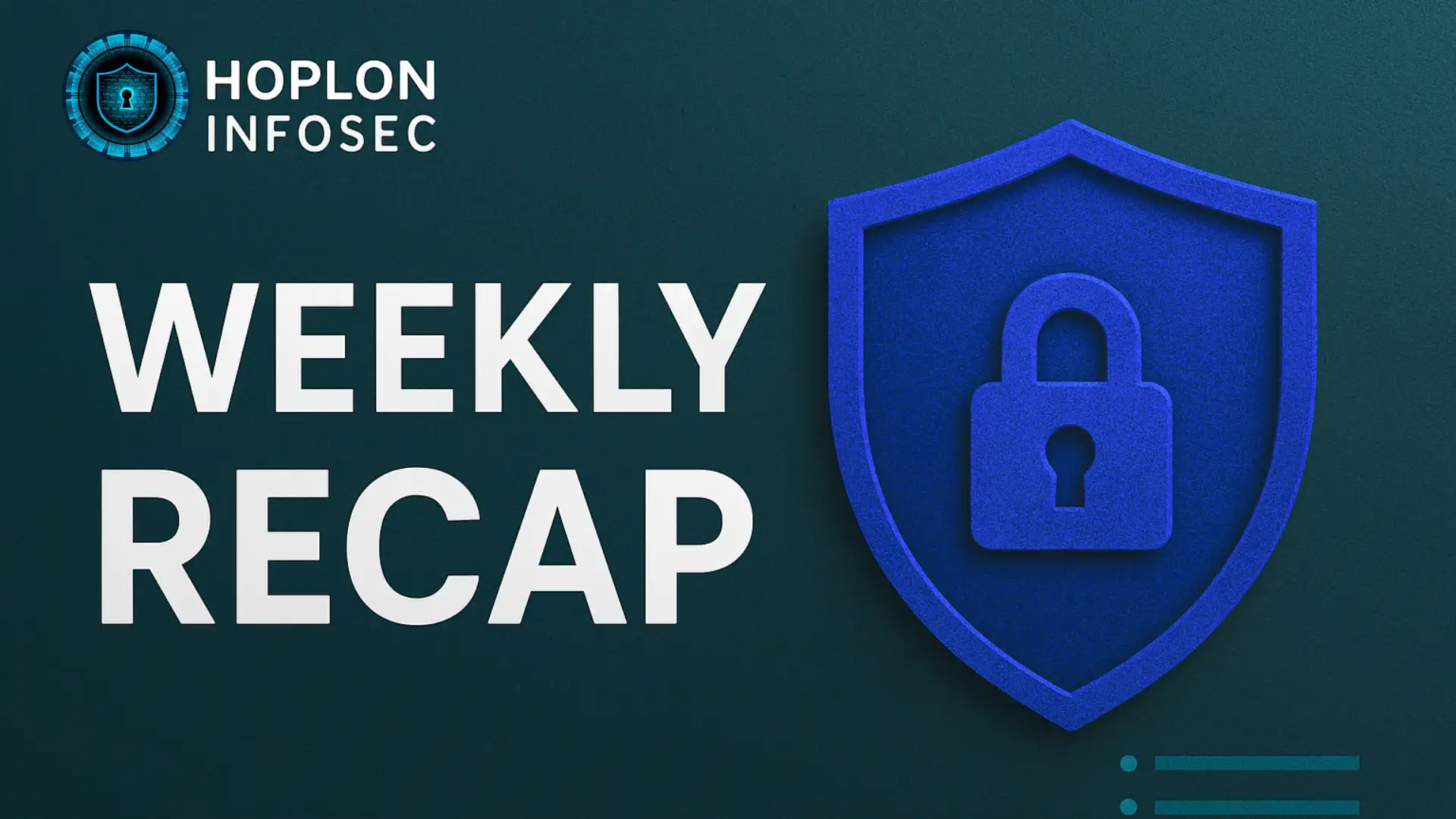Phishing has long been one of the most common and effective forms of cybercrime. But with the emergence of artificial intelligence (AI), phishing attacks have entered a new phase one that is more intelligent, targeted, and dangerous than ever before. AI-driven phishing attacks exploit machine learning, natural language processing, and data scraping to generate sophisticated and personalized campaigns that traditional detection systems often fail to catch.
As digital communication becomes a foundational part of our work and personal lives, understanding how AI is being used to enhance phishing attacks is crucial. This article explores what AI-driven phishing attacks are, the benefits attackers gain, why this threat is more important than ever, the defining features of these attacks, and how they function in the real world.
What Are AI-Driven Phishing Attacks?

AI-driven phishing attacks are cyberattacks that use artificial intelligence to enhance traditional phishing tactics. Unlike conventional phishing campaigns that rely on mass-distributed, generic messages, AI phishing uses automation and data analysis to craft personalized and convincing communications that closely resemble legitimate interactions.
These messages can take various forms, emails, text messages, chat notifications, phone calls, or even deepfake videos. AI allows attackers to analyze a target’s online behavior, communication style, and social media activity to generate phishing content that appears authentic. This makes it far more difficult for recipients to detect the deception.
The use of AI marks a significant evolution in phishing. By leveraging large language models and AI chatbots, attackers can imitate the writing style of real people, reproduce logos and branding materials with high accuracy, and even simulate voice commands. In doing so, they reduce the friction between deception and action, making their scams far more successful.
Benefits of AI for Phishing Attackers

The integration of AI into phishing campaigns offers numerous advantages for cybercriminals. These benefits explain why AI is rapidly becoming a preferred tool among attackers.
Increased Scalability
AI allows attackers to launch phishing campaigns at scale without manually composing messages. With the help of language models and automation scripts, attackers can generate thousands of unique emails in a matter of seconds. This scalability removes the time and effort typically required to execute large phishing campaigns.
Personalized Messaging
Personalization has always been a key factor in successful phishing attacks, and AI takes this to an entirely new level. By analyzing a person’s digital footprint such as social media profiles, job titles, email patterns, or public posts; AI can create tailored content that speaks directly to the recipient. This level of specificity significantly increases the chance of interaction.
Multilingual Capabilities
AI models can generate messages in virtually any language. This gives attackers the ability to target individuals across different geographies without the need for human translators. It also helps them tailor their phishing messages to regional customs and language nuances, which makes their efforts more believable.
Reduced Costs and Resources
Traditional phishing campaigns may require a team of developers, designers, and language experts to craft and distribute the scam. AI removes the need for such a team by automating much of the process. This not only reduces operational costs but also makes phishing more accessible to less sophisticated threat actors.
Adaptability and Continuous Learning
AI systems can learn from previous attempts to refine their approach. If an email fails to trick a user, the AI can analyze what went wrong and adjust the language, structure, or timing of the next attempt. This self-improving nature means that phishing campaigns are becoming more effective over time.
Why AI-Driven Phishing Is Critically Important

AI-enhanced phishing is more than just a trend; it represents a fundamental shift in the threat landscape. The stakes are higher now because AI has removed many of the traditional warning signs that users and security systems rely on.
Erosion of Trust
One of the most alarming aspects of AI-driven phishing is how it erodes trust in digital communication. When emails, phone calls, and even video messages can be convincingly faked, users may become hesitant to trust any form of digital interaction. This can slow down organizational communication and damage internal relationships.
Higher Success Rates
Traditional phishing often relies on quantity over quality, with many messages quickly discarded by spam filters or alert users. AI-generated phishing messages, however, are more carefully crafted and context-aware, which means they are more likely to slip through defenses and trick their recipients.
Difficult to Detect
Many organizations rely on spam filters, keyword detection, and phishing databases to block malicious content. These tools are generally designed to identify predictable patterns. However, AI-generated content often mimics human communication so well that these systems fail to recognize it as malicious, resulting in a higher success rate for attackers.
Business and Financial Risks
When attackers successfully use AI to deceive employees, the consequences can be catastrophic. From unauthorized fund transfers and data leaks to reputational damage and regulatory penalties, the financial impact of AI-driven phishing can be severe. Organizations must now rethink their risk models to account for the sophistication of these new threats.
Key Features of AI-Driven Phishing

AI-driven phishing campaigns exhibit several distinctive features that set them apart from traditional attacks. These characteristics help explain why AI-enhanced phishing is more effective and more dangerous.
Natural Language Precision
AI tools like ChatGPT and Claude can generate text that mirrors human conversation. This includes proper grammar, natural tone, and contextually accurate phrasing. This eliminates one of the common indicators of phishing, awkward or ungrammatical language and makes the message feel authentic.
Deep Personalization
With access to public records, social media accounts, and even breach data, AI systems can tailor messages to reflect specific details about the recipient. This might include referencing a recent work event, a personal achievement, or an interaction with a known contact. The result is a message that feels personal and trustworthy.
Voice and Video Impersonation
AI doesn’t stop at text. Attackers are now using deepfake technology to create audio and video messages that impersonate the voices and faces of real people. Imagine receiving a voicemail that sounds exactly like your CEO instructing you to approve a transaction. These tactics introduce a new layer of manipulation that text alone cannot achieve.
Multi-Channel Delivery
AI phishing campaigns are no longer restricted to email. Attackers use messaging platforms, social media DMs, voice calls, and even virtual assistants to deliver their scams. This multi-channel strategy helps ensure their message reaches the target, even if one method is blocked or ignored.
Real-Time Interactivity
Some advanced phishing systems are interactive. For example, if a user replies to a suspicious message, the AI can respond in real time, simulating a back-and-forth conversation. This dynamic interaction increases the chance of luring the user into providing sensitive information.
Comparative Overview
Here’s how AI-driven phishing compares to traditional phishing tactics:
| Feature | Traditional Phishing | AI-Driven Phishing |
| Language Style | Often poor or robotic | Natural, fluent, and human-like |
| Message Personalization | Generic and templated | Deeply personalized and contextual |
| Delivery Method | Mostly email | Email, SMS, voice, video, chat |
| Detection Rate | Often flagged by filters | Hard to detect by traditional tools |
| Scalability | Manual and slow | Automated and rapid |
How AI-Driven Phishing Attacks Work

Understanding the mechanics of AI-driven phishing is key to defending against it. These attacks typically follow a structured process, combining automation with intelligence to increase success rates.
Step 1: Data Gathering
The first step involves collecting information about the target. AI bots crawl the internet to compile details from social media, LinkedIn profiles, public directories, and previous data breaches. This data provides context for crafting believable phishing messages.
Step 2: Profile Building
Based on the collected data, an AI model builds a digital profile of the target. This may include job role, communication style, recent activity, company hierarchy, and even specific interests. These profiles are essential for generating personalized content.
Step 3: Message Generation
Using natural language generation (NLG), the AI crafts a message designed to provoke a response. The message may pretend to be from a known contact, refer to a recent event, or use company-specific jargon. It is carefully worded to avoid detection by spam filters.
Step 4: Delivery and Timing
AI algorithms determine the best time and method for delivering the message. For example, an employee may receive the phishing message at 8:30 a.m., right as they log in to begin their workday. This timing increases the chance of engagement.
Step 5: Engagement Manipulation
If the recipient interacts with the message, such as clicking a link or replying, the AI may escalate the attack. It could send follow-up emails, provide fake “IT support,” or simulate urgent requests to trick the user into handing over credentials or confidential data.
Step 6: Breach and Exploitation
Once credentials or access are obtained, attackers can infiltrate internal systems, exfiltrate data, deploy malware, or trigger financial transactions. In some cases, they use the compromised account to launch secondary phishing attacks within the same organization.
Step 7: Iteration and Learning
After the attack, the AI system logs performance data and analyzes what worked. It then updates its algorithms to make the next campaign even more effective. This cycle of learning and refining makes AI phishing highly adaptive and dangerous over time.
Conclusion

AI-driven phishing represents a dramatic shift in the cybersecurity threat landscape. By blending automation with personalization, attackers can create campaigns that are more believable, scalable, and difficult to detect than ever before. The power of AI allows even low-level threat actors to mount complex attacks that once required significant skill and resources.
For organizations and individuals alike, the growing sophistication of AI phishing calls for new levels of vigilance. Training employees to recognize highly realistic phishing messages, implementing AI-driven detection tools, and conducting regular security audits are now essential components of a robust cybersecurity strategy.
In the battle against cybercrime, understanding how AI is used by attackers is the first step in building intelligent defenses. The future of phishing is here, and it speaks, writes, and thinks just like us.
Resources
KEEPER
Hoxhunt




